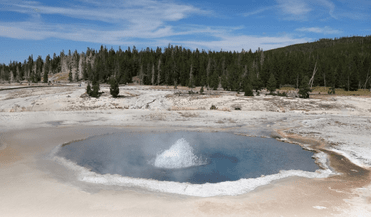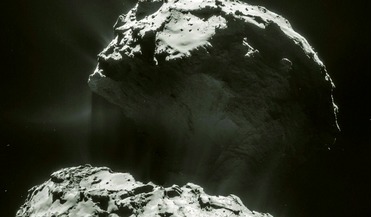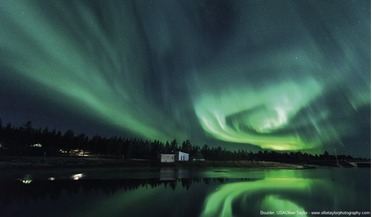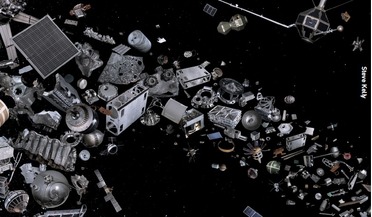 September 2016
Life in the extremes: confessions of an astrobiologist
September 2016
Life in the extremes: confessions of an astrobiologist
...a crew of astronauts and scientists discover incredible extremophiles - which looked like aliens - whilst studying the depths of oceans in submersibles. It was then that I realised we still have much to learn about the limits of life in general - and...
 August 2017
Big science from small spacecraft
August 2017
Big science from small spacecraft
...lunar scientists would say you’re wrong Exploring ocean worlds Europa is one of the ‘ocean worlds’ in our solar system that ...sounding from a compact magnetometer to characterise the subsurface ocean of Europa. Another proposed by Robert Ebert of ...
 January 2020
Small body missions unveil interplanetary secrets
January 2020
Small body missions unveil interplanetary secrets
...question is where did all the water from the Earth’s oceans come from? Because of the large amounts of water ... comets, early theories stated that as much as 80 percent of our ocean came from cometary impacts, but today it is believed that 20 percent ...
 May 2021
Forecasting space-weather effects on Earth
May 2021
Forecasting space-weather effects on Earth
...as optimising flight routes, identifying right whales, predicting ocean health and diabetic detection. Thus, data scientists with... series prediction and electromagnetic induction in the Earth and oceans. Dr Nair has been involved with the productions ...
 January 2023
Space sustainability imperative
January 2023
Space sustainability imperative
... the top of volcanoes in the Pacific and Atlantic Oceans, clean rooms across Europe, mega-constellation launches on both... years has led to global changes on the land, in the oceans, with plastic in particular, in the atmosphere, leading to climate ...
 October 2023
Space architecture on Earth
October 2023
Space architecture on Earth
... adjoining launch sites. Nothing as egregious as the fate of the Chagos islanders, all permanently evacuated for an Indian Ocean airbase, but there may be a darker, colonial side of these histories to be explored. Although the San Marco rocket...